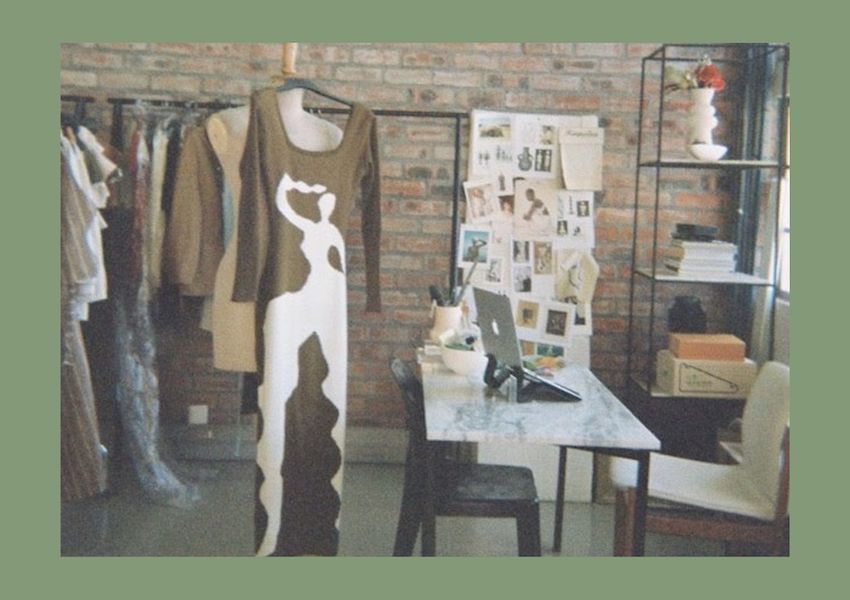How to Develop and Create Amazing Products Your Customers Will Love

Product development is the process of creating and bringing new products to the market. It is taking a design from a concept to inception, using quality materials at a low cost to your target margin and business objectives.
It involves identifying customer needs and desires, designing and refining the product concept, conducting research and testing, and finally, manufacturing and launching the product. Successful product development is essential for brands to meet the demands of their customers and stay competitive in the market.
Below are some key steps for brands to create amazing products that resonate with their customers. By remaining attentive to customer needs, brands can successfully create amazing products that their customers want and need. Continuous innovation, customer engagement, and a commitment to quality will contribute to building a loyal customer base and driving brand growth.

Understand your customers
Market research: Conduct thorough market research to gain insights into your target customers’ preferences, needs, and pain points. Obtain relevant data on customer wants, industry trends, and competitive landscape to make informed decisions and create products that meet market demands.
Gather feedback: Use surveys, focus groups, social media listening, and competitor analysis to gather valuable data about customer preferences, emerging trends, and gaps in the market to make informed decisions.
Create buying personas: Identify and define the key characteristics, demographics, behaviors, and motivations of your target customers to better understand their needs and tailor your products accordingly.
Generate ideas and develop new concepts
Brainstorm: come up with fresh ideas based on the market research findings and identify opportunities for innovative and unique product concepts. Develop detailed design concepts that align with your brand’s values and cater to the identified customer needs. Consider factors such as functionality, aesthetics, and pricing.
Create samples: Produce a few samples to bring your design concept to life. Gather feedback from target customers if possible, industry experts, and internal teams, using the feedback to refine and improve the design.

Manufacturing and quality control
Sourcing: This is the process of gathering materials for your products from local or international markets. According to Nicola Ferraro, former senior product development lead for Alexander Wang, you should “over source” so that you can weed out unwanted suppliers and to have backups to protect against disappointments, cancellations, supply issues, or to get the best price.
Collaborate effectively: Identify reliable suppliers and manufacturing partners that can produce your products at scale while maintaining quality standards. Seek out recommendations from other designers or brands with experience working with export-ready suppliers.
Check everything: Establish stringent quality control processes to ensure that each product meets the desired specifications and delivers a consistent customer experience.
Launch and marketing
Create awareness: Develop a marketing plan to create awareness and generate excitement around your new product. Use various channels such as social media, influencers, press releases, and targeted advertising to reach your target audience. Provide excellent customer support and address any issues or concerns promptly.
Look ahead: Stay updated with market trends, technology advancements, and changing customer needs to ensure your brand remains relevant and competitive.
